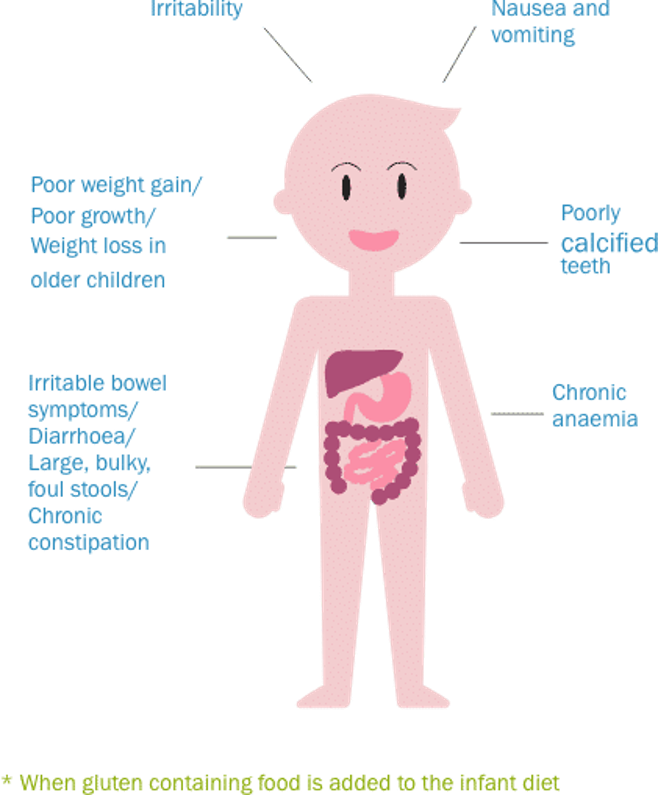Which is the nurse's best response to the parents of a 10-year-old child newly diagnosed with type 1 diabetes mellitus who are concerned about the child's continued participation in soccer?
"It is okay to play sports such as soccer unless the weather is too hot."
"Consider the swim team as an alternative to soccer."
"Give the child an extra 15 to 30 g of carbohydrate snack before soccer practice."
"Encourage intellectual activity rather than participation in sports."
The Correct Answer is A
The nurse's best response to the parents of a 10-year-old child newly diagnosed with type 1
diabetes mellitus, who are concerned about the child's continued participation in soccer, is to
reassure them that it is generally safe for the child to play sports such as soccer unless the
weather is too hot.
Regular physical activity, including participation in sports, is generally encouraged for
children with type 1 diabetes as long as certain precautions are taken. It is important for the
child to have a well-managed diabetes management plan in place, which may include
monitoring blood sugar levels before, during, and after physical activity, adjusting insulin
doses as necessary, and having appropriate snacks available to maintain blood sugar levels.
Option B, suggesting the swim team as an alternative to soccer, may be a viable option if the
child or parents prefer swimming or if the child has specific concerns related to soccer.
However, it is not the best response to the parents' concern about the child's continued
participation in soccer.
Option C, recommending an extra carbohydrate snack before soccer practice, is a valid
suggestion to help maintain the child's blood sugar levels during physical activity. However,
it should be part of a comprehensive diabetes management plan and not the sole response to
the parents' concern.
Option D, encouraging intellectual activity rather than participation in sports, is not
appropriate as physical activity is generally beneficial for children with type 1 diabetes, as
long as appropriate precautions are taken.
Nursing Test Bank
Naxlex Comprehensive Predictor Exams
Related Questions
Correct Answer is C
Explanation
Celiac disease is an autoimmune disorder triggered by the ingestion of gluten, a protein found in wheat, barley, and rye. It causes damage to the lining of the small intestine, leading to malabsorption of nutrients. The characteristic symptoms of celiac disease include abdominal distention, underweight or failure to thrive, thin arms and legs, and foul-smelling stools.
intussusception in (option A) is incorrect because it, refers to a condition where a portion of the intestine telescopes into an adjacent section, causing an obstruction. While intussusception can present with symptoms such as abdominal pain, vomiting, and currant jelly-like stools, it is not typically associated with failure to thrive.
imperforate anus, in (option B) is incorrect because it is a congenital condition in which the opening of the anus is blocked or absent. It can cause difficulties with passing stools, but it is not typically associated with failure to thrive or the specific assessment findings described.
irritable bowel syndrome (IBS) in (option D) is incorrect because it, is a chronic disorder of the gastrointestinal tract characterized by recurrent abdominal pain, changes in bowel habits, and bloating. While IBS can cause gastrointestinal symptoms, it is not typically associated with failure to thrive, underweight, or the specific assessment findings mentioned.

Correct Answer is C
Explanation
A sign of increased intracranial pressure (ICP) in a 10-year-old child is a headache. Headache is a common symptom associated with increased pressure within the cranial cavity. It can be a result of various conditions that cause elevated intracranial pressure, such as brain tumours, intracranial haemorrhage, hydrocephalus, or brain trauma. The headache may be described as persistent, worsening, or accompanied by other symptoms such as nausea, vomiting, or changes in neurological status.
tachypnoea (rapid breathing), in (option A) is incorrect because it is not a specific sign of increased intracranial pressure. It can be seen in various conditions, including respiratory and cardiovascular disorders, anxiety, or physical exertion.
bulging fontanel in (option B) is incorrect because it, is more commonly observed in infants and is not typically seen in older children. The fontanelles (soft spots) on an infant's skull normally close by the age of 18-24 months.
an increase in head circumference in (option D) is incorrect because it, may be a sign of increased intracranial pressure in infants. However, in a 10-year-old child, the fontanelles are typically closed, and head circumference growth is not a reliable indicator of increased intracranial pressure
Whether you are a student looking to ace your exams or a practicing nurse seeking to enhance your expertise , our nursing education contents will empower you with the confidence and competence to make a difference in the lives of patients and become a respected leader in the healthcare field.
Visit Naxlex, invest in your future and unlock endless possibilities with our unparalleled nursing education contents today
Report Wrong Answer on the Current Question
Do you disagree with the answer? If yes, what is your expected answer? Explain.
Kindly be descriptive with the issue you are facing.
